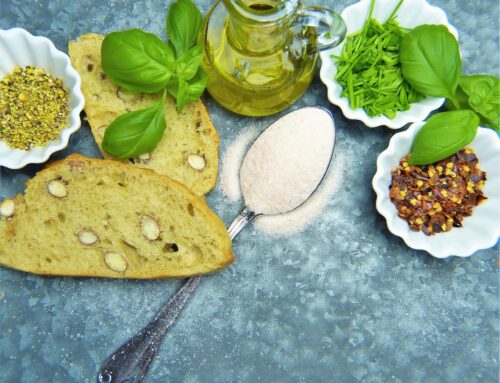Smoothies and fruit juices are often seen a healthy alternative to eating fruit, especially for children who won’t eat fruit, as a ‘healthy option’ when going out for a drink or as an addition to a lunchbox. But are they really as healthy as they claim or appear? I thought I’d write a blog about fruit juices and smoothies to highlights their pros and cons, and how you can include them healthily in your diet.
Fruit juices can only ever contain a maximum of 1 of your 5-a-day, regardless of how much you drink or how many different types of fruit are in it. Smoothies can only ever contain a maximum of 2 of your 5-a-day. To contain 1 portion of fruit, a smoothie must contain all the edible pulped fruit of at least 80g of that fruit. To contain 2 portions, it must contain either:
At least 80g of one variety of whole fruit and at least 150ml of a different variety of fruit juice
or
At least 80g of one variety of whole fruit and at least 80g of another variety of whole fruit
The positives of fruit juices & smoothies
They are a good source of vitamins, especially vitamin C
They are an easy addition to the lunchbox (cartons / bottles)
If drunk with a meal, the vitamin C in the juice will help enhance the absorption of iron from the other foods in your meal
Smoothies often have yoghurt or milk added to them, providing a source of calcium
The down side to fruit juices & smoothies
Don’t under-estimate the ‘power’ of eating the ‘whole fruit’. Fruit juices are lower in fibre – you don’t get the effect of the whole fruit, e.g. the skins and pith. Smoothies have been blended down already, so the digestion process has been started for you, before you even drink it
Whole fruit is digested slower than juices and smoothies, releasing its sugars more slowly into the bloodstream than fruit juices. Fruit juices and smoothies can give you a sugar ‘high’, meaning you’re more likely to feel hungrier sooner
They are high in sugar – yes this is natural sugar (fructose), digested in a different way to sucrose (found in the sort of sugar you add to your tea), but it’s sugar none-the-less. In the industry, we call this type of sugar ‘free sugars’. Imagine how many fresh oranges you’d have to squeeze to make a glass of fruit juice – probably at least 4! Would you eat that many oranges in one sitting?
Fruit juices can still be high in calories because of the concentrated fruit
Smoothies can be high in calories too, especially shop-bought varieties – containing concentrated fruit, plus the manufacturers often add ‘high fructose corn syrup’
Fruit juices and smoothies rarely fill us up, whereas eating fruit does
Summary: the bottom line
The bottom line is that there is no alternative to eating fruit in its whole form. Remember that fresh, frozen, tinned and dried all counts. When it comes to fruit juices, it’s all about portion control. A small glass of fruit juice once a day is fine – consider drinking it at breakfast, as the vitamin C in the fruit juice will enhance the absorption of the iron from your cereal or toast. Smoothies are ok as an occasional drink, but try to limit your portion size. If you want to include fruit juices more regularly or in larger portions, consider switching to a vegetable juice instead. Now… who’s for an apple?






